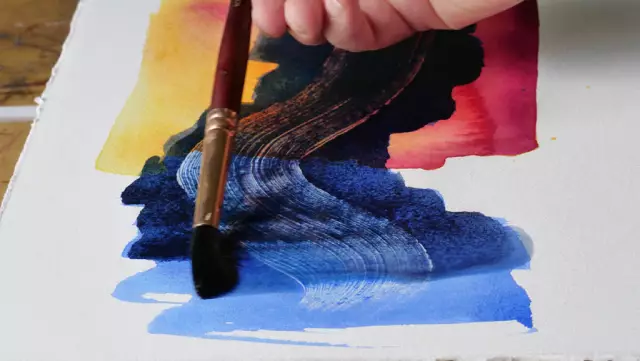It happens that I bought paint, put it aside, after a while I decided to use it, but it had already dried up. There is no need to despair, everything is fixable.
It is necessary
- - paint
- - solvent
- - wooden or plastic stick or other mixing tool
- - hermetically sealed mixing container
Instructions
Step 1
First of all, you need to decide what kind of paint you need to dilute. In terms of their basis, paints are divided into oil and water-based paints. The latter include watercolor, gouache, acrylic.
Accordingly, to dilute the oil paint, you will need solvents based on essential oils, and ordinary water is suitable for diluting the water emulsion. Although recently, special chemical compositions for thinning water-based paints have been offered on the market.
Step 2
The main disadvantage of oily solvents is their pungent, suffocating odor. When using them, you need to use gloves to protect your hands, and it is better to use a respirator or at least well ventilate the room for the entire period of work and after their end.
The least safe are white spirit, turpentine (turpentine). The most harmful are acetone, solvent and xylene.
In Soviet times, drying oil was very popular, but recently it is almost never used. The thing is that when it dries, it forms a thin film layer, which cracks over time, and the product painted with linseed oil becomes unsightly.
Step 3
In principle, a solvent is only needed at the time of applying the paint. After coating the product with paint, the phase of solvent evaporation begins. Therefore, it makes no sense to dilute a large amount of paint with it at once, it is still not possible to store such paint. The higher the quality of the solvent, the faster the evaporation phase passes, the less you will have to breathe unpleasant odors. In addition, low-quality solvents, after evaporation, can stain the painted product with grease and other contaminants. Therefore, do not skimp on your physical and mental health, buy only high-tech materials.






